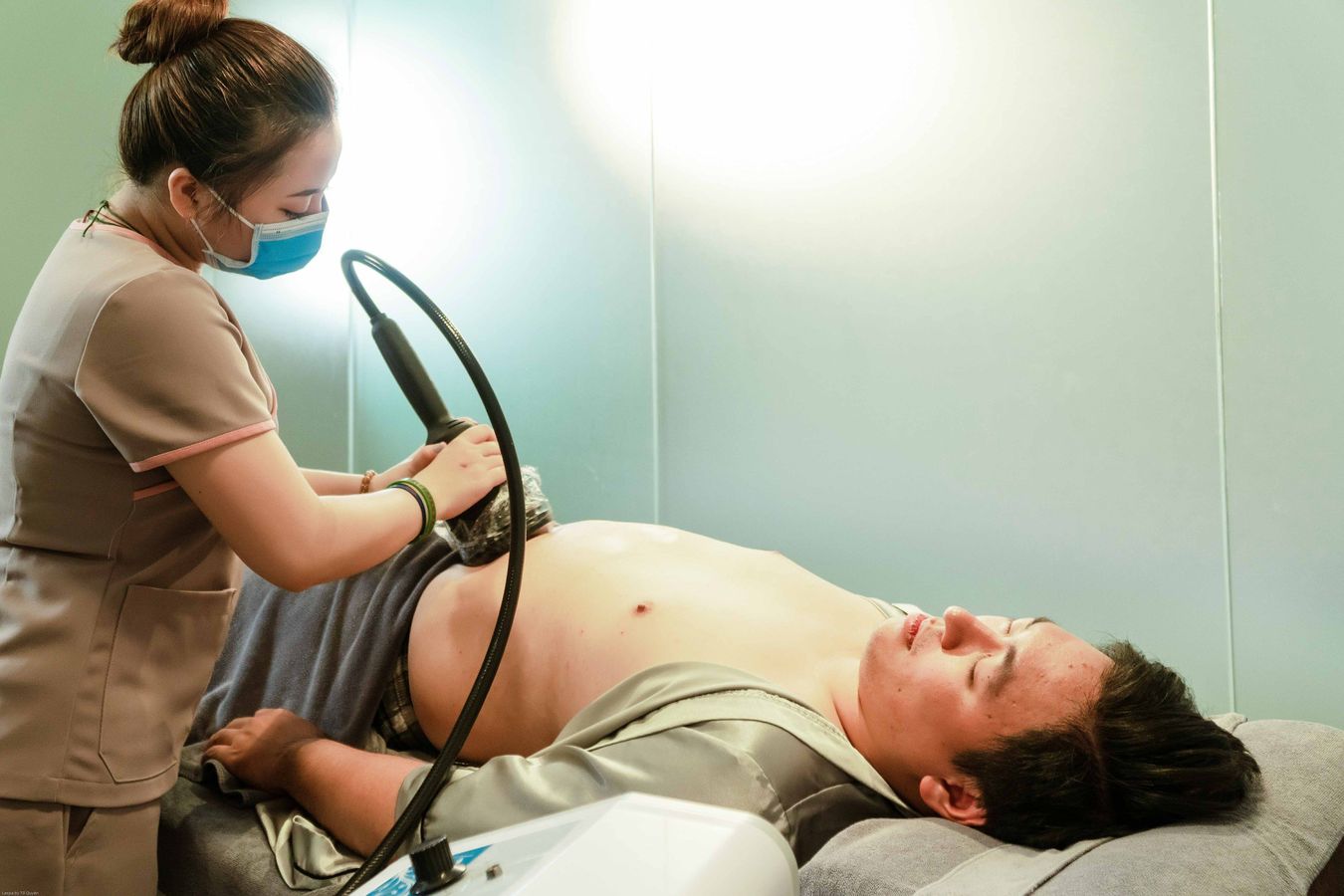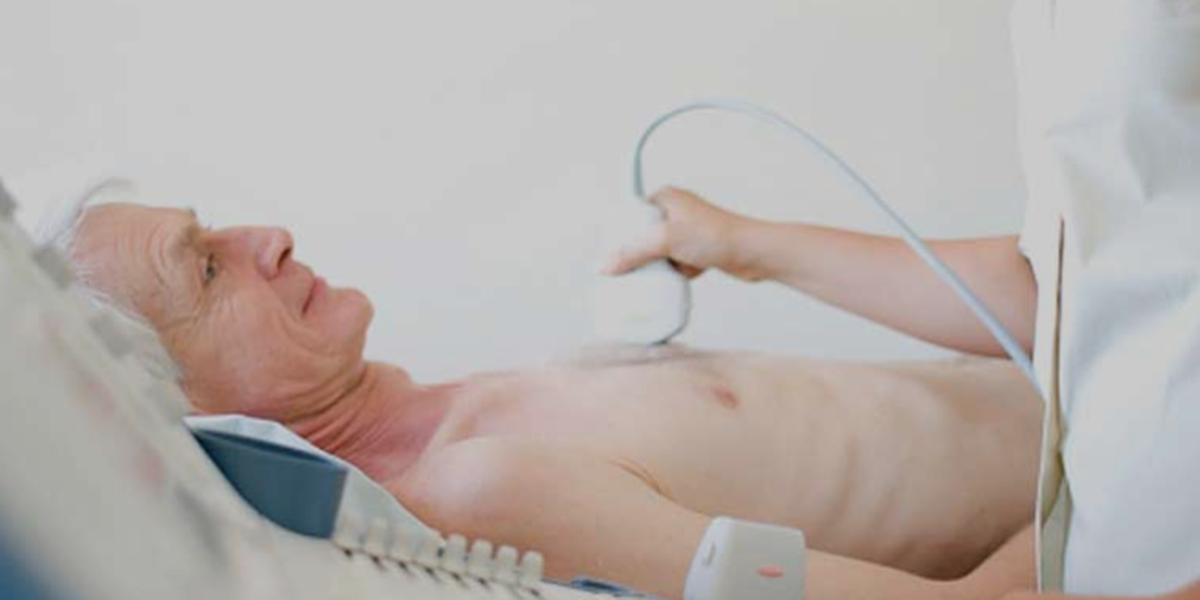In the complex and rapidly evolving landscape of diagnostic imaging, ultrasound technology stands out for its safety, efficiency, and non-invasiveness. A significant breakthrough in this domain is the advent of multi-planar reformatting (MPR) techniques in ultrasound imaging. MPR has revolutionized how clinicians view and interpret ultrasound data, offering an unparalleled depth of anatomical insight and enhancing diagnostic accuracy. This comprehensive article delves into the essence of ultrasound multi-planar reformatting, its applications, benefits, and the profound impact it exerts on medical diagnostics and patient care.
Understanding Multi-Planar Reformatting (MPR)
Multi-planar reformatting is an advanced imaging technique that reconstructs images in multiple planes from a volume of data acquired during an ultrasound scan. Traditionally, ultrasound images are presented in a single, predetermined plane, which may not always offer the most informative view of the anatomy. MPR overcomes this limitation by enabling the visualization of the scanned volume in three orthogonal planes: axial, sagittal, and coronal, thus providing a three-dimensional perspective from 2D data.
The Mechanism Behind MPR
The process begins with the acquisition of a three-dimensional volume of data using specialized ultrasound probes. Advanced software algorithms then process this volumetric data, allowing clinicians to manipulate and examine the anatomy in three standard planes or any arbitrary plane that offers the best view of the pathology in question. This flexibility is paramount in identifying, characterizing, and accurately localizing lesions or abnormalities within the body.
Clinical Applications of Ultrasound MPR
Obstetrics and Gynecology
In obstetric ultrasound, MPR permits detailed evaluations of the fetus, placenta, and amniotic fluid, providing critical information on fetal development and detecting potential anomalies. Gynecologists leverage MPR for comprehensive assessments of the uterus and ovaries, aiding in the diagnosis of fibroids, polyps, and other conditions.
Vascular Imaging
MPR enhances the visualization of blood vessels, enabling clinicians to assess blood flow, investigate the structure of vessel walls, and identify blockages or aneurysms with higher precision.
Musculoskeletal Imaging
In musculoskeletal imaging, MPR offers detailed views of complex joint structures, tendons, and ligaments, assisting in diagnosing injuries, degenerative changes, and guiding therapeutic interventions.
Hepatobiliary and Pancreatic Imaging
The technique is invaluable in examining the liver, bile ducts, and pancreas, aiding in the detection of cysts, tumors, and other pathologies, along with planning surgical or minimally invasive procedures.
Advantages of MPR in Ultrasound Imaging
Enhanced Diagnostic Accuracy
By providing a 360-degree view of the anatomy, MPR significantly increases the diagnostic accuracy, helping clinicians make more informed decisions regarding patient care.
Comprehensive Anatomical Assessment
MPR allows for a more detailed and comprehensive anatomical assessment, enabling the visualization of structures in their entirety and in relation to surrounding tissues.
Improved Patient Management
The detailed insights gained from MPR can directly impact patient management, enabling personalized treatment plans, better surgical planning, and potentially reducing the need for additional diagnostic tests.
Non-invasiveness and Safety
Like traditional ultrasound, MPR is a non-invasive technique that does not involve ionizing radiation, making it safe for all patients, including pregnant women and those requiring frequent monitoring.
Challenges and Limitations
Despite its numerous benefits, ultrasound MPR is not without challenges. The technique requires sophisticated equipment and software, as well as specialized training for operators to competently interpret the reformatting images. Additionally, the quality of MPR imaging can be influenced by patient factors such as body habitus or the presence of gas, which may impact acoustic windows.
The Horizon of Ultrasound MPR
As ultrasound technology continues to advance, the capabilities and applications of multi-planar reformatting are expected to expand further. Ongoing research and development are focusing on enhancing image quality, reducing processing times, and integrating artificial intelligence to streamline the interpretation of complex data sets.
Conclusion
Ultrasound multi-planar reformatting represents a significant leap forward in diagnostic imaging, offering a richer, more detailed view of the body’s internal structures. Through its wide range of applications and the profound benefits it confers, MPR enhances the diagnostic process, informing better clinical decisions and ultimately elevating patient care. As technology evolves, the future of ultrasound MPR holds promising advancements that will continue to transform the landscape of medical imaging.










